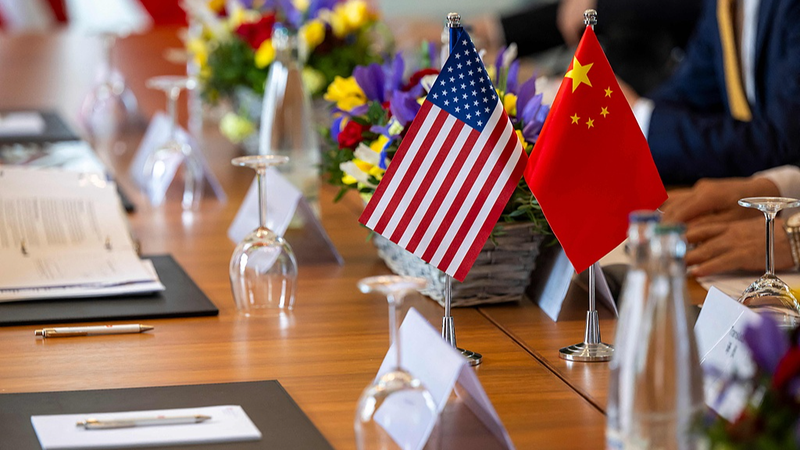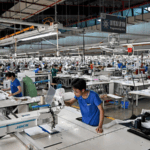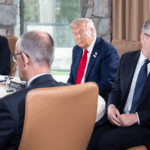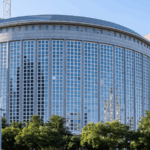After months of turbulence, U.S. President Donald Trump and General Secretary of the CPC Central Committee Xi Jinping have rekindled dialogue, offering hope for stabilizing the world's most consequential geopolitical relationship. But experts warn structural tensions could keep the partnership on shaky ground.
From Trade Truce to Tech Tensions
A temporary tariff reduction agreement in Geneva initially cooled trade wars, but conflicting interpretations of rare-earth export policies reignited friction. Washington's new high-tech export controls and visa restrictions further strained ties, nearly derailing progress before the leaders' call pressed pause on escalation.
Leadership vs. Bureaucracy
Trump's preference for direct leader-to-leader deals clashes with Beijing's emphasis on detailed ministerial groundwork. With U.S. hardliners like Peter Navarro waiting in the wings, even a signed trade pact might face sabotage. Meanwhile, China's strategic investments in global institutions like the WHO and climate initiatives contrast sharply with America's policy U-turns.
China's Quiet Power Play
As Washington oscillates between tariffs and truces, Beijing is filling global leadership gaps—boosting green tech, expanding education hubs in Hong Kong, and launching mediation platforms. Analysts note China's carbon emissions may have already peaked, accelerating its shift toward sustainable industries while the U.S. backtracks on climate commitments.
The New Rules of Engagement
While no permanent resolution is likely soon, the phone call signals both sides want to avoid freefall. For now, China appears content to let America's unpredictability highlight its own steady hand—rewriting global norms not through conflict, but by offering alternatives.
Reference(s):
China-U.S. relations stabilize, but structural tensions linger
cgtn.com








